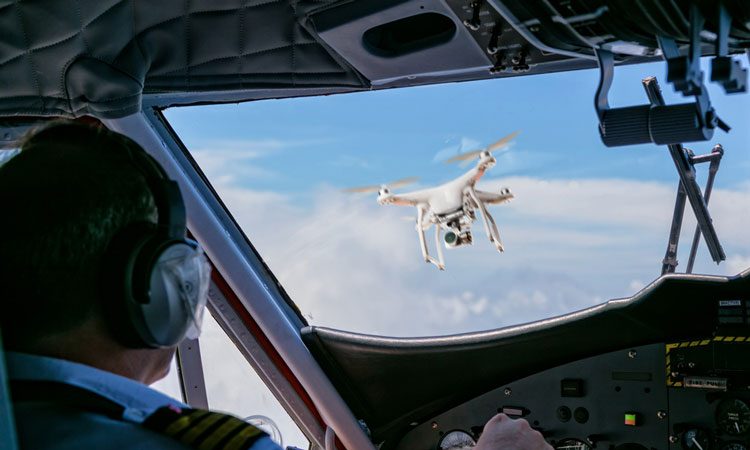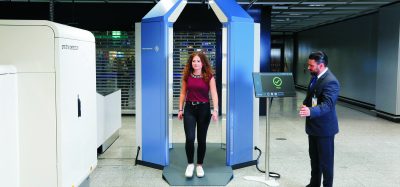ACI World’s new policy paper responds to the rapid growth in drone use
- Like
- Digg
- Del
- Tumblr
- VKontakte
- Buffer
- Love This
- Odnoklassniki
- Meneame
- Blogger
- Amazon
- Yahoo Mail
- Gmail
- AOL
- Newsvine
- HackerNews
- Evernote
- MySpace
- Mail.ru
- Viadeo
- Line
- Comments
- Yummly
- SMS
- Viber
- Telegram
- Subscribe
- Skype
- Facebook Messenger
- Kakao
- LiveJournal
- Yammer
- Edgar
- Fintel
- Mix
- Instapaper
- Copy Link
Posted: 28 August 2018 | International Airport Review | No comments yet
The paper aims to establish policies to guide ACI and its members and establish a global airport position with industry and regulatory bodies in the development and application of regulations and standards for the safe operation of drones at or in the vicinity of its member’s airports.


In response to the rapid growth of the drone and Remotely Piloted Aircraft Systems (RPAS) markets worldwide, Airports Council International (ACI) World has launched a policy paper on drones providing informed and practical recommendations for airports.
Drone operations are expected to soon surpass the number of manned aircraft operations, and airport operators have a vested interest in the development of regulations and standards that determine how drones will be integrated into the aviation system.
To aid this process, the ACI World’s Governing Board requested the ACI World Safety and Technical Standing Committee to develop a comprehensive policy paper, following on from the ACI advisory bulletin on Drones and Remotely Piloted Aircraft Systems issued in 2016.
The policy document aims to ensure that useful drone operations are facilitated without negative impact to the safety, security, efficiency or capacity of airport operations.
The policy paper calls for a risk-based approach and will help airports address a growing area of concern. The policy will be reviewed and updated regularly acknowledging that technology and operational requirements in this area develop rapidly.
Angela Gittens, Director General, ACI World said: “It is imperative that airport operators are aware of, and remain responsive to, the risks, challenges, and opportunities associated with new technology and new industry developments. We have drafted this policy paper in response to the rapid development and proliferation of drones to help airports and governments prepare effective procedures and regulations to ensure continuing safe operations. With the support of our comprehensive overview and practical recommendations, airport operators can be informed and active in decision making with their regulators and aircraft operators to develop and publish procedures that suit their local conditions.”

















